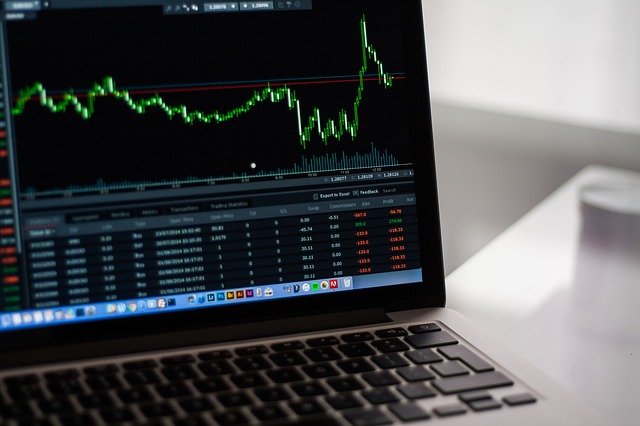Norway’s $1.2 trillion sovereign wealth fund, the world’s largest, recorded its worst ever loss in the first half of 2022 as fears about inflation and recession pummeled both stock and bond markets.
The Oslo-based fund, which is the biggest owner of publicly traded companies, and which was set up in 1996 to invest Norway’s energy earnings, shrank by $174 billion or 14.4% in the first six months of the year, all but wiping out a 14.5% advance for the whole of 2021.
“The market has been characterized by rising interest rates, high inflation, and war in Europe,” said Nicolai Tangen, CEO of Norges Bank Investment Management (NBIM).
The fund’s equity portfolio lost 17% after stock markets fell globally, with the biggest hit coming from the technology sector, down 28% as holdings such as Amazon AMZN, -2.44% and Meta META, -2.65% fell sharply.
“The surge in demand during the pandemic for digital advertising, e-commerce and semiconductors has normalised. Growing fears of recession have also impacted particularly on tech stocks,” said NBIM.
Consumer discretionary stocks were the second-weakest sector in the first half with a loss of 24.9%. “These stocks had a difficult start to the year, with investors anticipating weaker demand from households in response to rapidly rising prices for essentials such as energy, housing and food.”
The only positive sector was energy, up 13.2% after Shell SHEL, +0.74% and Exxon Mobil XOM, +0.48% benefitted from rising oil prices.
Surging inflation in many countries and the trend of central banks raising interest rates in response meant NBIM’s fixed income portfolio, consisting mainly of U.S., Japanese and German government bonds, lost 9.3%.
“We are a long-term investor so we have to tolerate these kinds of swings…What was unusual this time is that we lost money both in stocks and bonds,” Tangen, the fund’s chief said at a press conference, according to the FT.
At the end of the first half of 2022, 68.5% of the fund was invested in equities, 28.3% in fixed income, 3% in unlisted real estate, and 0.1% in unlisted renewable energy infrastructure.

